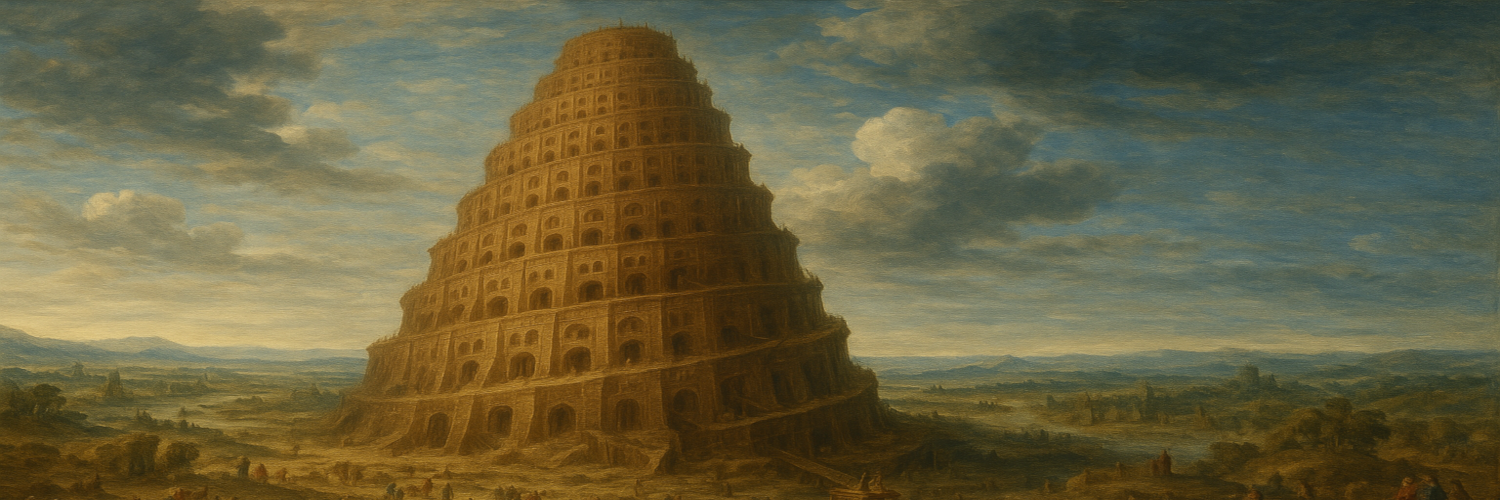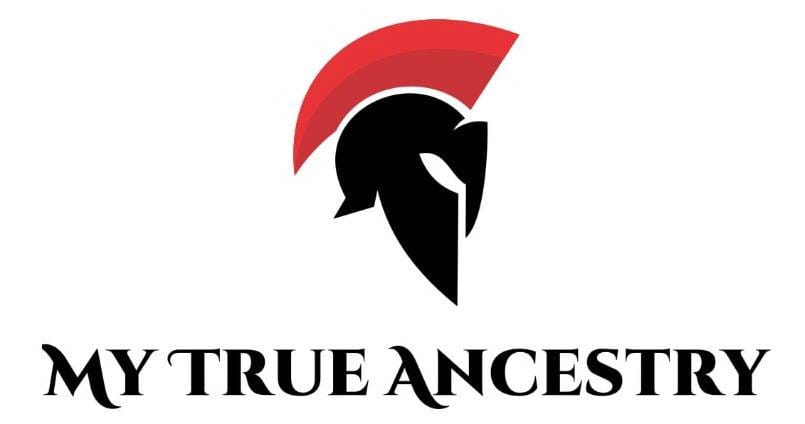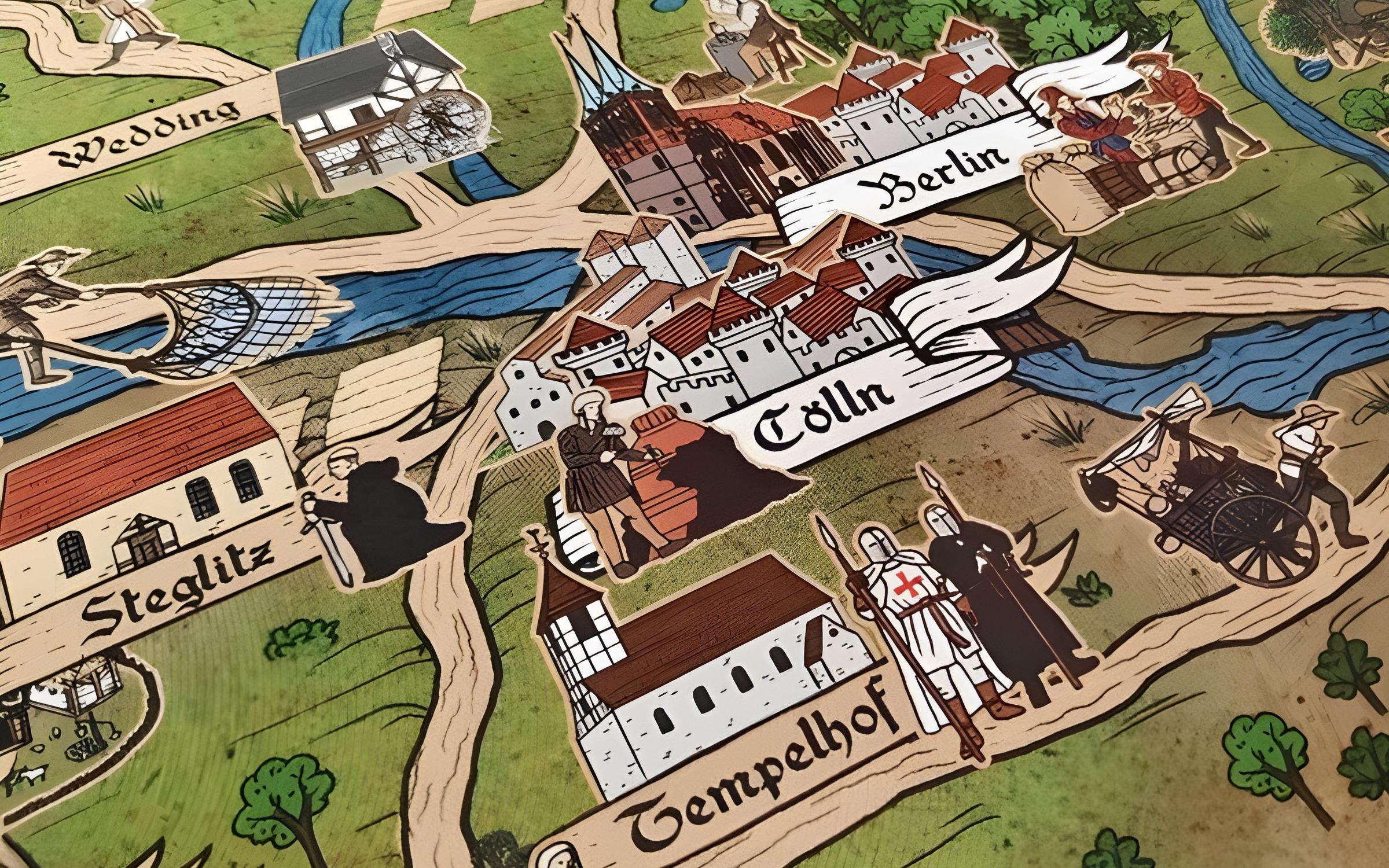Unearthing the Origins of Berlin: Genetic Insights from St. Peters Medieval Burials in Cölln





Unearthing the Origins at St. Peter's Churchyard, Cölln/Berlin
The medieval hearts of Berlin and its counterpart, Cölln, nestled beside the Spree River, blossom with historic intrigue not only through cobblestone echoes of the past but through the bones of their earliest settlers. An excavation at St. Peter's churchyard, dating from 1150 to 1717, has provided a trove of genetic narratives from this ancient tapestry, offering an extraordinary peek into medieval life and the population dynamics of this bustling trade hub.
Between 2007 and 2009, the graveyard of Cölln brought to light 3221 graves unveiled within six centuries, exposing the unknown stories of 3778 individuals—some predating Berlin's first written records. The collaboration of international archaeologists at this site reflects efforts to thread the fabric of early urban settlements and trace the elusive transitions from ancient populations to the bustling medieval dwellers of Berlin. This cemetery served as a silent witness to the evolving history of a burgeoning city, representing the oldest churchyard in Cölln and offering a skeletal snapshot of its early inhabitants.
In this groundbreaking genetic analysis of 96 individuals from St. Peter's churchyard, insights into the cultural and genetic composition of Cölln's earliest population come alive. The DNA preservation was remarkable, even in water-affected graves, allowing researchers to successfully extract almost full genetic profiles. Among these discoveries, the genetic analysis revealed a balanced demographic of 54 males to 42 females among the sampled individuals.
The DNA from 54 males could be distinguished into twelve different Y-haplogroups, including R1a, R1b, and I1, echoing those found in modern-day Germany. These haplogroup patterns reflect kinships and connections across continental divides, with high frequencies mirroring present-day Central European populations. Amidst these were hints at limited Slavic influences, tucked within the genetic fabric yet largely composed of Central European lineage, suggesting that this settlement was a melting pot of ancient European bloodlines.
Analysis of mitochondrial DNA, passed through the maternal lineage, painted the scene with hues of Western Eurasian lineages. Nearly half of the individuals sampled belonged to the common European haplogroup H, like finding threads of a tapestry woven long ago, connecting these medieval individuals to countless others dotted across Europe today. These patterns demonstrated deep roots connecting settlers to contemporary populations in northern and central Europe.
The rise and fall of ancient peoples left marks not only on the landscape but also in our genes. If you’ve ever wondered how your ancestry fits into that larger historical mosaic, MyTrueAncestry.com offers a fascinating perspective.
The research carried out in the historical depths of St. Peter's Churchyard unravels an intriguing narrative of where its medieval inhabitants may have hailed from. Scientists turned to strontium and oxygen isotope analysis from the remains of 66 individuals, with these isotopes acting like tiny markers that reflect the geological environment where individuals resided during their growing years.
An examination of 43 out of the 66 skeletons matched perfectly with the expected isotopic signatures of the Berlin-Brandenburg area, suggesting individuals who had spent their young lives in the very waters and soils of their future resting place. However, interwoven with these local tales were narratives written by strontium signatures indicating origins tied to mountainous regions, possibly the Harz or Thuringian areas.
A remarkable revelation was evidence of migration within individual grave occupants. While many hailed from the Berlin-Brandenburg vicinity, others journeyed from regions further afield, hinting at the singular tales of past migrations. Among them, individuals buried within the early phase of this cemetery appeared often devoid of close genetic relations, suggesting a diverse, possibly entrepreneurial settlement pattern.
The isotopic studies revealed intriguing personal histories: some bones carried tales of movements from hills to heartland during their lives. These individuals came from areas distinct not just in geography but also perhaps in culture and opportunity, adding threads of migration to the medieval tapestry of the city. A shift occurred during the 13th century, indicated by isotopic variances that spoke of an increase in new settlers during this era of growth—a bustling Berlin drawing populace to its promise.
While the churchyard did not yield lavish grave goods, the meticulous isotope analysis provided more than enough clues. Among the burial artifacts, pottery told tales of trade and travel, reflecting the broader strokes of European migration. The isotopic evidence showed a high probability that some fledgling settlers ventured from mountainous regions, enriching the city's nascent and burgeoning story of growth—a tale captured in the stones and bones beneath our feet.
The investigations highlighted how medieval Cölln was already a canvas of many lives coming together. The promise of freedom and prosperity lured people to Berlin, creating a culturally and genetically dynamic foundation. Most intriguing was that these administrators, traders, and inhabitants were not closely related, hinting at a loose community bound by trade rather than kinship, resonating with the medieval notion that "city air makes you free."
Utilizing modern analytical techniques, these ancient remains offer an unparalleled glimpse into early medieval life, societal structures, and the intricate web of human migration and settlement patterns. The preservation of DNA, even in challenging environmental conditions, was nothing short of remarkable, allowing for comprehensive studies that revealed genetic distances and historical connections.
https://papers.ssrn.com/sol3/papers.cfm?abstract_id=5404240
Discover how your DNA connects to ancient civilizations at www.mytrueancestry.com
Comments